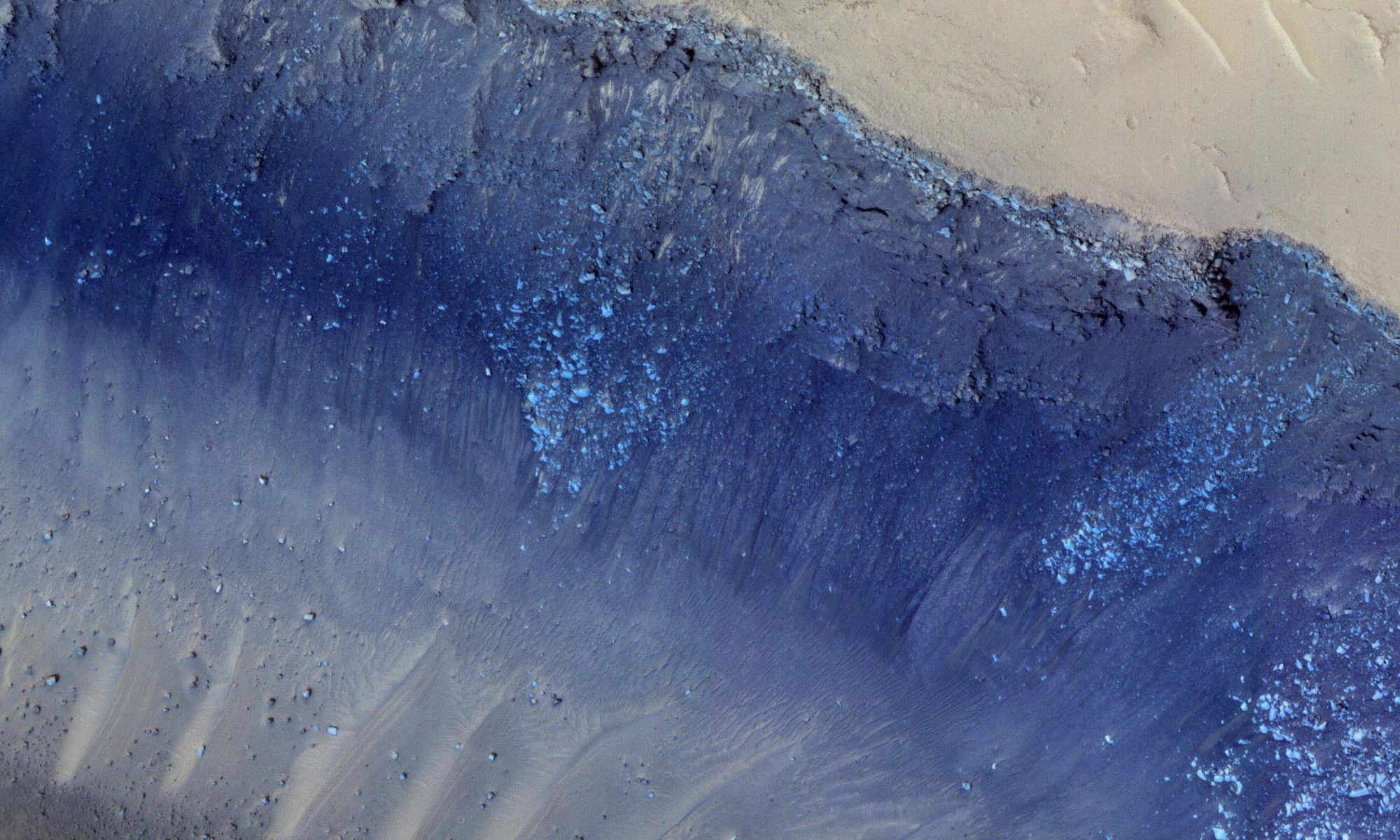NASA’s InSight lander felt the distant rumble of two major ‘marsquakes’ in March, originating from a region near the Martian equator known as the Cerberus Fossae. Registering magnitudes of 3.1 and 3.3 on March 7th and March 18th respectively, the quakes cement the Cerberus Fossae’s reputation as one of the most geologically active places on the Red Planet today. A pair of similarly strong marsquakes rocked the same region back in 2019.
Continue reading “InSight Detects Two Significant Quakes from the Cerberus Fossae Region on Mars”Magnetic Fields Around Mars InSight are 10x Stronger than Scientists Expected
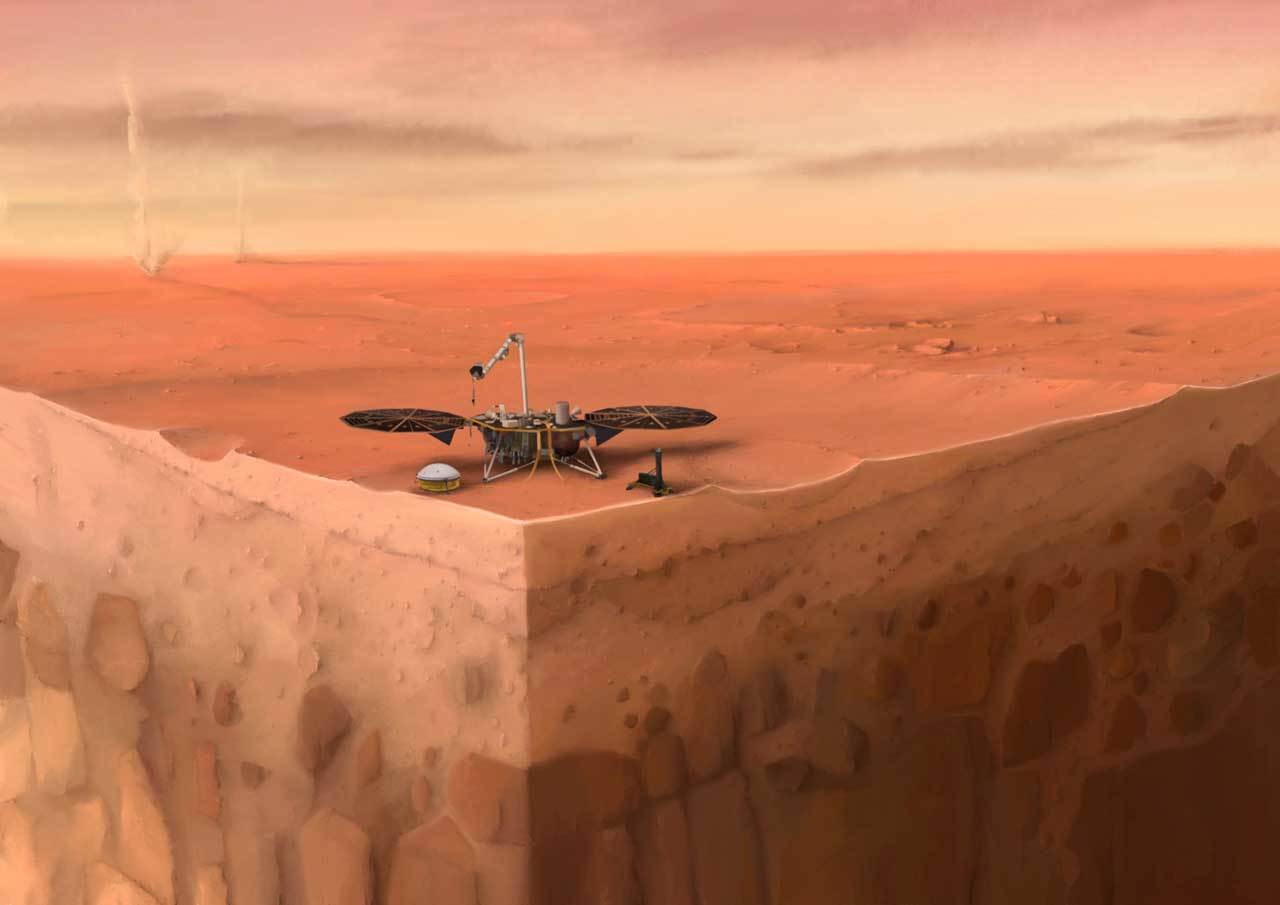
When NASA’s Interior Exploration using Seismic Investigations, Geodesy and Heat Transport (Insight) lander set down on Mars in November of 2018, it began its two-year primary mission of studying Mars’ seismology and interior environment. And now, just over a year and a half later, the results of the lander’s first twelve months on the Martian surface have been released in a series of studies.
One of these studies, which was recently published in the journal Nature Geosciences, shared some rather interesting finds about magnetic fields on Mars. According to the research team behind it, the magnetic field within the crater where InSight’s landed is ten times stronger than expected. These findings could help scientists resolve key mysteries about Mars’ formation and subsequent evolution.
Continue reading “Magnetic Fields Around Mars InSight are 10x Stronger than Scientists Expected”After a Challenging First Year on Mars, InSight Shows Us that Mars is Seismically Active
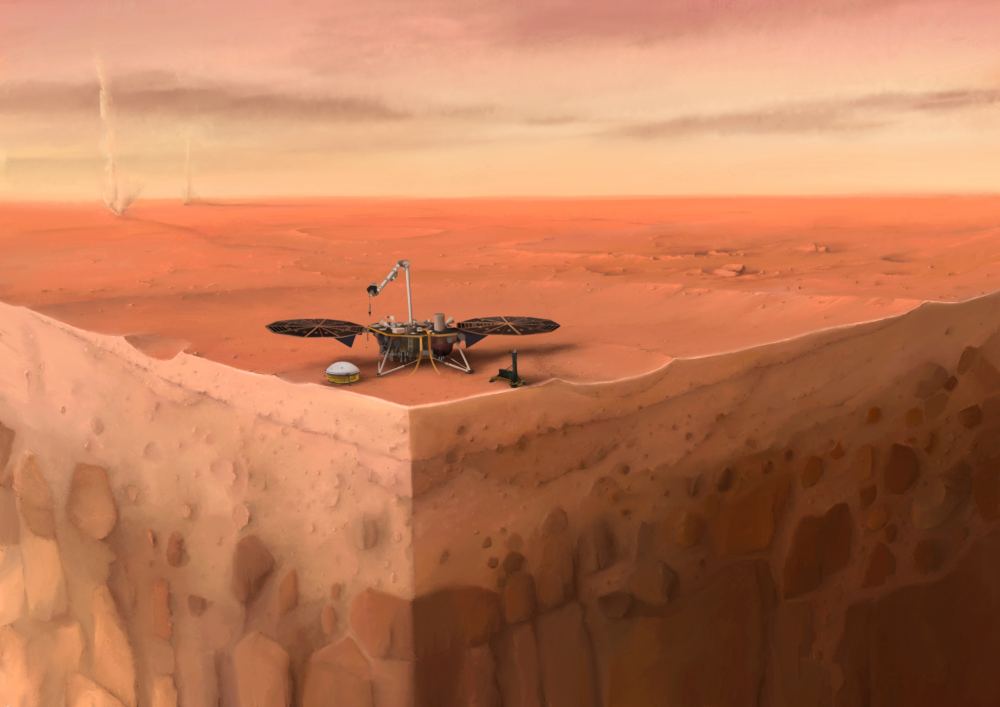
The NASA and DLR InSight lander has been on Mars for over a year now. The mission has faced significant challenges getting its HP3 (Heat Flow and Physical Properties Package) into the subsurface, but the spacecraft’s other instruments are working as intended. Now, researchers have published six papers outlining some of the mission’s scientific results.
Continue reading “After a Challenging First Year on Mars, InSight Shows Us that Mars is Seismically Active”InSight Has Already Detected 21 Marsquakes
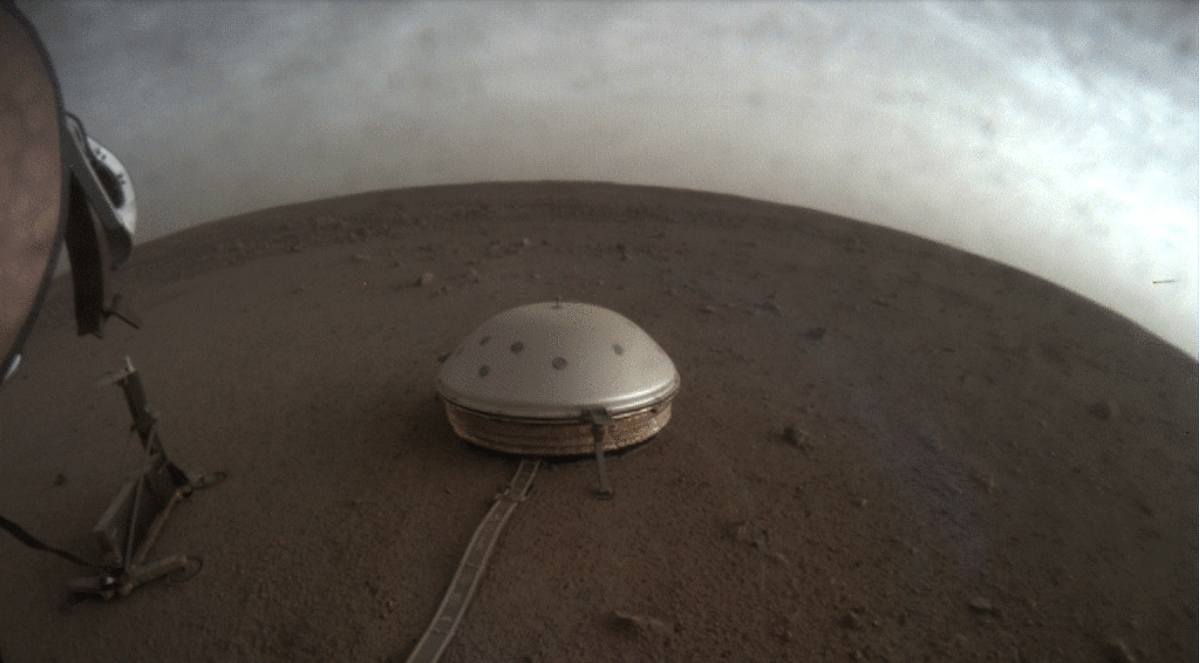
The SEIS (Seismic Experiment for Interior Structure) instrument on NASA’s InSight lander has sensed 21 Marsquakes since it was deployed on December 19th, 2018. It actually sensed over 100 events to date, but only 21 of them have been identified as Marsquakes. SEIS is extremely sensitive so mission scientists expected these results.
SEIS is a key part of InSight, NASA’s mission to understand the interior of Mars. Along with other instruments, it’ll help scientists understand what’s going on inside Mars.
Continue reading “InSight Has Already Detected 21 Marsquakes”2016 Launch of NASA’s InSight Mars Lander Postponed Due to Instrument Vacuum Leak
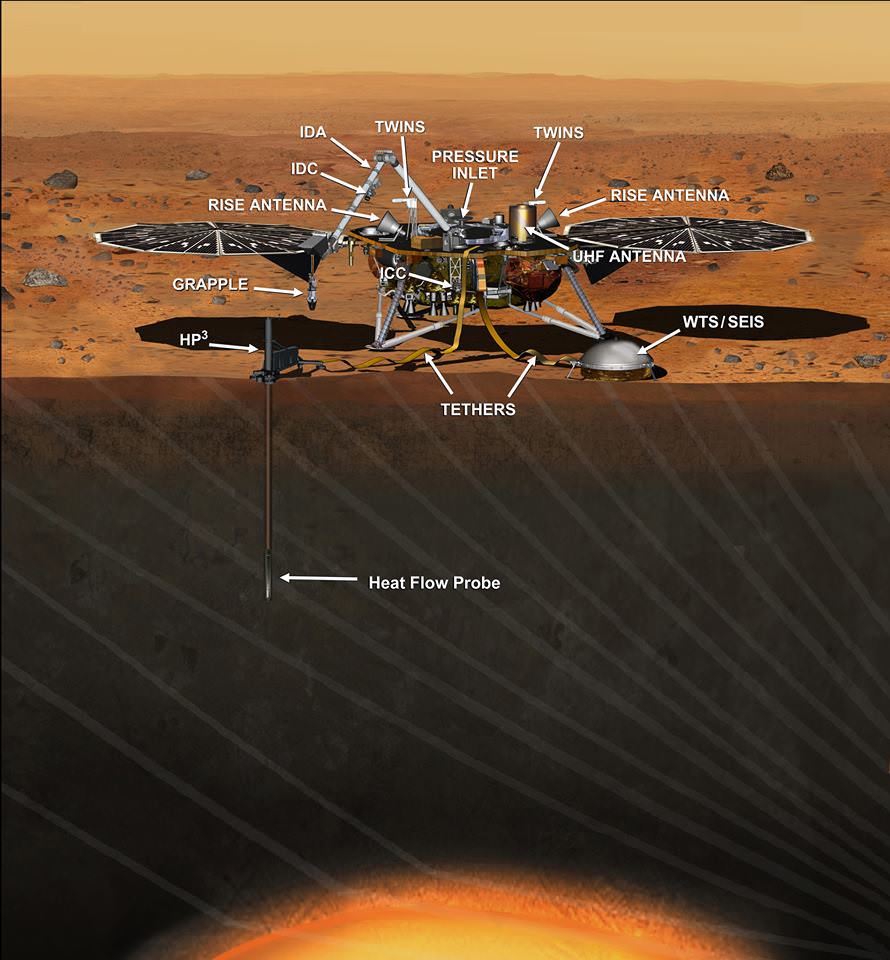
NASA managers have just made the difficult but unavoidable decision to scrub the planned March 2016 launch of the InSight lander, the agency’s next mission to Mars, by at least two years because of a vacuum leak that was just detected in the probes flawed seismometer instrument which cannot be fixed in time.
The leak, if uncorrected, would render the probe useless to carry out the unprecedented scientific research foreseen to measure the planets seismic activity and sense for “Marsquakes” to determine the nature of the Red Planets’ deep interior. Continue reading “2016 Launch of NASA’s InSight Mars Lander Postponed Due to Instrument Vacuum Leak”

